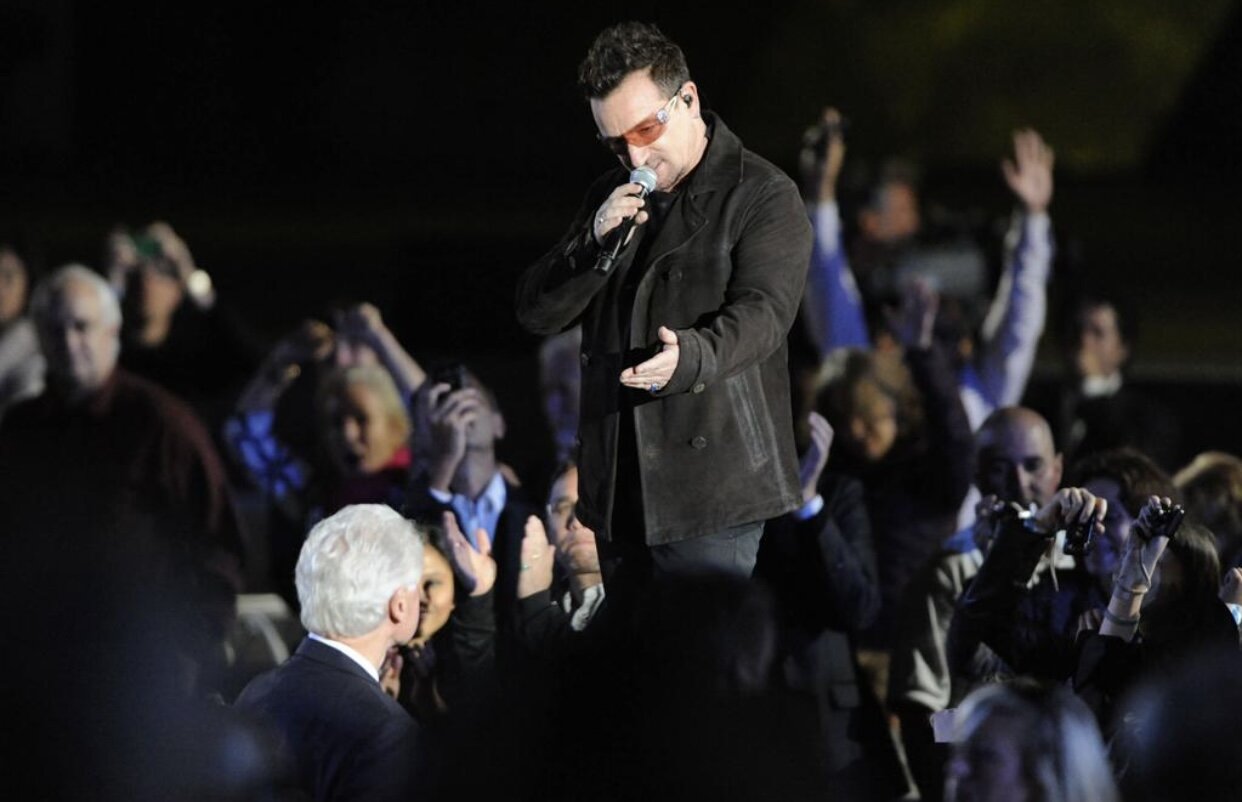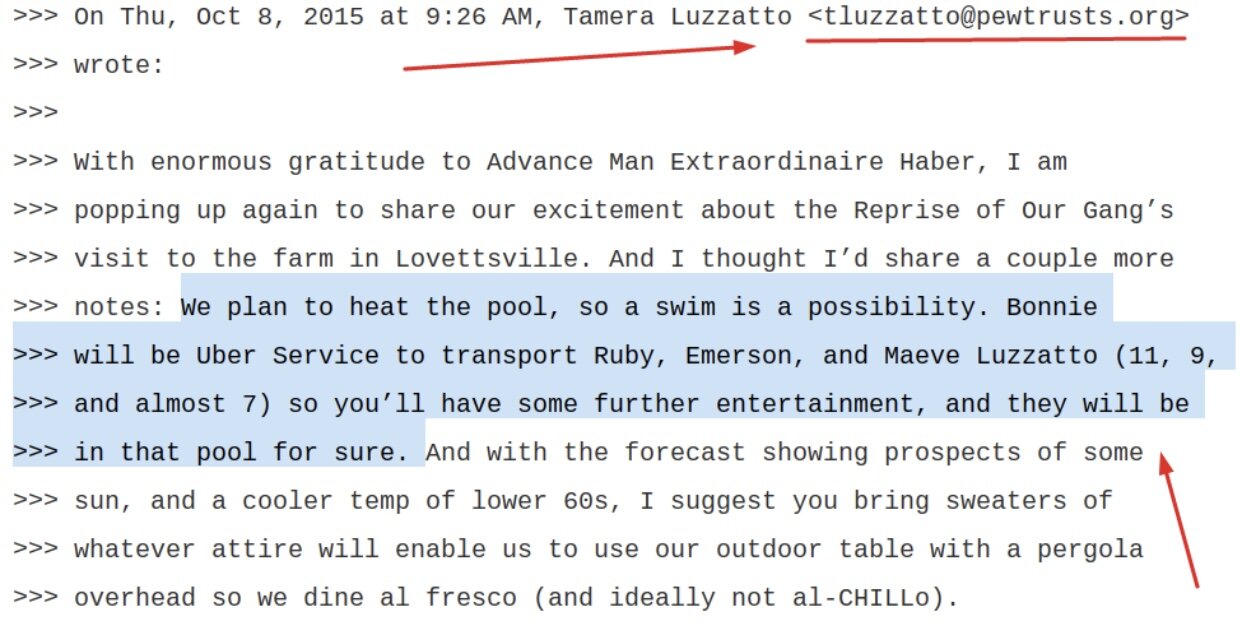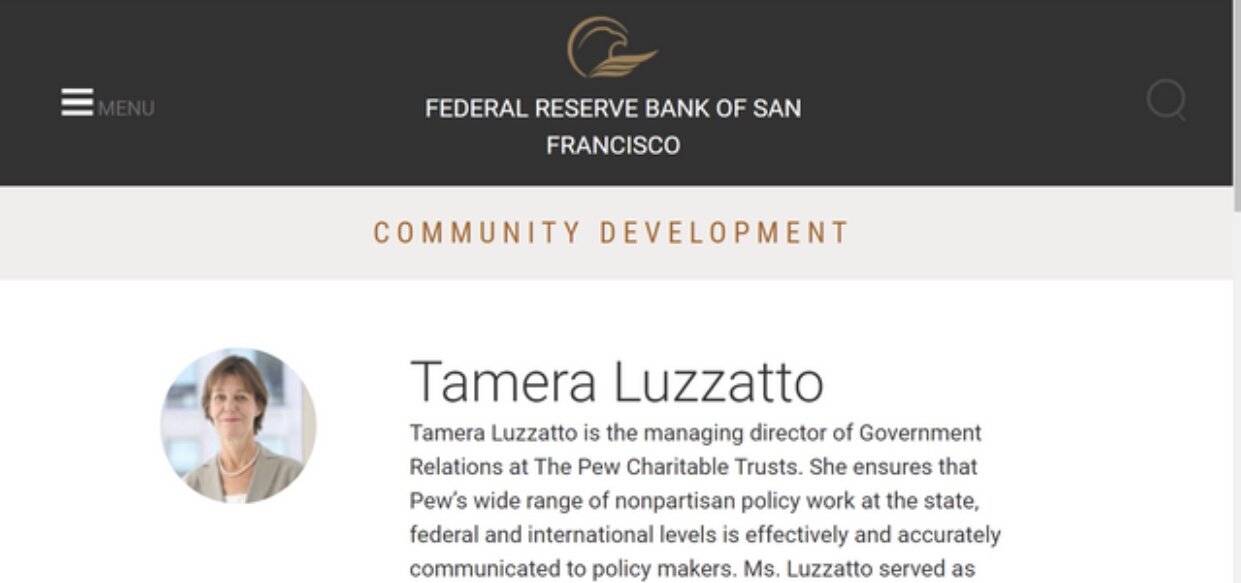By donating shares in small mining companies, Dattels is creating a powerful incentive for the Clintons to help his companies succeed.
If the stock price rises, the value of the foundation's shares will rise. In the case of Dattels, this potentially creates a significant conflict of interest for Hillary Clinton. This was not the first contribution Dattels made to the Clinton Foundation.
Back in 2007 he had committed extensive financial support to CGSGI over a five-year period. He committed to do the same in 2012. The Dattels Family Foundation's private website mentions the Clinton Foundation as a recipient of its support. But the name Dattels appears nowhere on Clinton donor disclosures nor does that of his company, Polo Resources.
Again, the Clinton Foundation has failed to report a foreign contribution. How many more undisclosed foreign donors might there be? It is impossible to know. But this was a basic and simple requirement that demands further investigation.
And we will meet more undisclosed donors later in this book. The flow of funds into the Clinton Foundation, which was supposed to be transparent, is far from it. As we saw in the previous chapter, even when contributions are disclosed, as in the case of an obscure Indian politician, he was apparently not really the source of those funds.
Is this happening on other occasions? Perhaps the most important function of the foundation is to bolster Bill and Hillary's reputations as global humanitarians by bringing relief and care to people all over the world.
This reputation not only flatters the ex-president's ego and benefits Hillary's political career, but it also has real value both in terms of global influence and financial reward. But how much good has the Clinton Foundation actually done?
At the Hollywood Bowl event, the publicity material included some sweeping claims about the Clinton Foundation's accomplishments. "Over the past ten years," it reads, "President Clinton's vision and leadership have resulted in nearly 4 million people benefiting from lifesaving HIV/AIDS treatments."
This is perhaps the most popular and oft-repeated success of the foundation, and it stems from Bill's efforts to negotiate and help create an international system whereby the cost of treatment drugs for HIV/ AIDS victims would be radically reduced. "We set out to organize a drug market to shift it from a high-margin, low-volume, uncertain payment process... we were able to lower the price to just under $140 a person a year."
The claim is repeated when he is introduced for speeches around the country and when he is interviewed in the media. But what exactly does "we were able to lower" mean? The Clinton Foundation did sign some compacts, but prices were already dropping quickly because generic versions of treatment drugs were coming on the market.
According to public health experts, the foundation piggybacked on the efforts of other organizations. “He may take a little more credit than is due," admits Princeton Lyman, who served in the State Department under Hillary and dealt with issues related to HIV/ AIDS in Africa.
Here's how the Center for Global Development explains how HIV/AIDS drugs prices were lowered: “Essentially, policy entrepreneurs like Peter Piot of UNAIDS–along with activists based within organizations as Doctors without Borders, Partners in Health and later the Clinton Foundation [emphasis added]–brought together the pharmaceutical manufacturers with developing world governments by negotiating the lower prices."
Another claim often advanced by Bill himself is that the Clinton Foundation is on the frontlines of the HIV/AIDS crisis in the developing world. As Magaziner puts it, “The Clinton Foundation is now involved in treating over two-thirds of the world's children who are on treatment for AIDS."
But what exactly does "involved" mean? You might get the impression, if you look at the impressive photo displays on the Clinton Foundation website, that they are actually administering drugs to sick people. But the foundation doesn't actually get involved in directly treating people.
While organizations such as Doctors Without Borders, the Red Cross, or Samaritan's Purse establish their own health care infrastructures - Doctors Without Borders had more than 300,000 HIV patients directly under their care in 2012–the Clinton Foundation effectively has none.
Instead it serves as a middleman. “They've gone around in a very deliberate process of finding what they call “care partners," says Jim Yong Kim, who cofounded Partners in Health, which works with the Clinton Foundation. "That's what Partners in Health is - our specialty has been working in rural areas."
The world needs its middlemen, of course. But what this really means is that in practice, the foundation's work is heavily geared toward managing relief agency funds provided by foreign governments, such as Ireland, and dealing with health ministry bureaucrats in the developing world. In the relief world the Clinton Foundation works like a management consulting firm, such as McKinsey. But unlike McKinsey or another management firm, specific metrics on specific work by the foundation itself is hard to come by. Clinton's motivation for taking on AIDS as a philanthropic cause has raised serious debate.
Many who have been working in the field say he did a lousy job as president regarding the AIDS issue, largely ignoring it. As Greg Behrman, the author of a definitive book on the global AIDS crisis put it to the New York Times, "As president, though, the record is clear. Clinton was not a leader on global AIDS and the consequences have been devastating."
Andrew Jack of the Financial Times, who traveled with Clinton to see his work on AIDS, asks whether, in light of his poor record as president, he is seeking some kind of "atonement."














